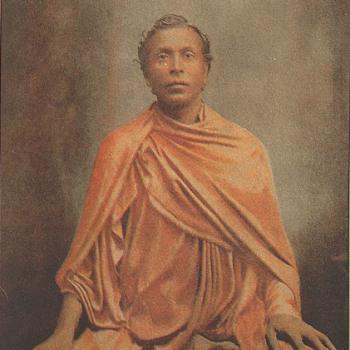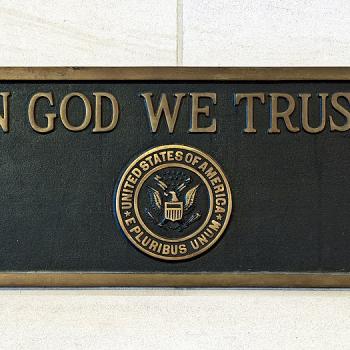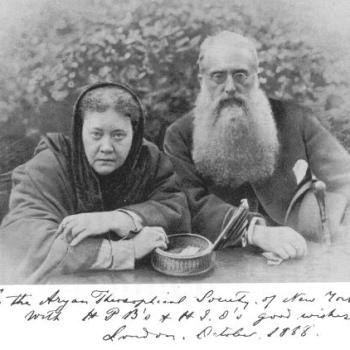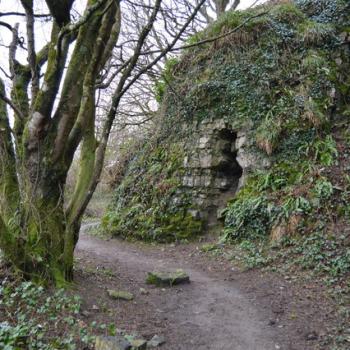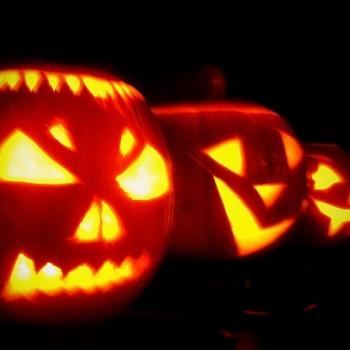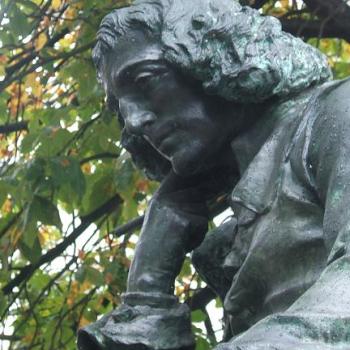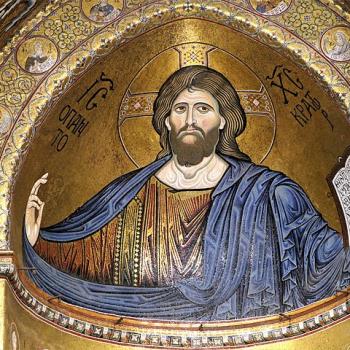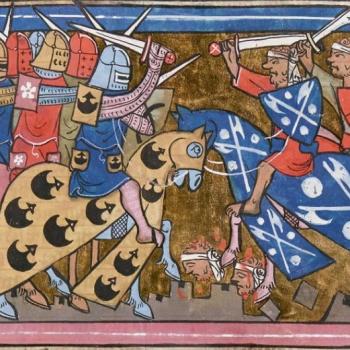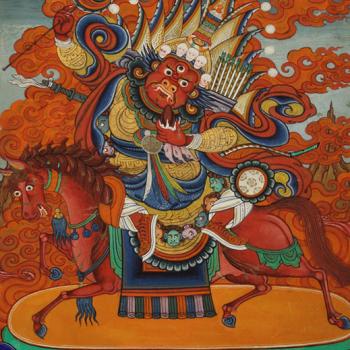Anagarika Dharmapala (1864-1933) was a pivotal figure in the modern history of Buddhism, both in Asia and the West. Much of the way Buddhism is understood in popular western culture today is thanks to Dharmapala. The story of Anagarika Dharmapala begins where an earlier post ends; see “Henry Steel Olcott: The White Buddhist.” Here’s a quick recap: Olcott and his spiritual partner Helena Petrovna Blavatsky founded the Theosophical Society in New York in 1875, and in 1879 they established the... Read more


